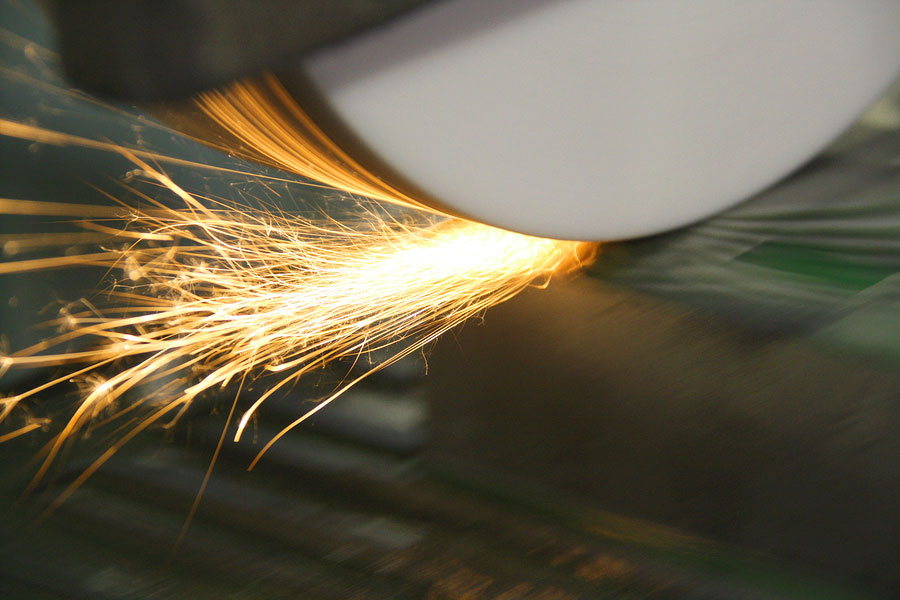Skilled Tool & Die Machinists are key to the essential and thriving metal stamping industry. They are clearly at the top of the metal working trades, with skills and capabilities beyond those of the typical machinist.
They work with a variety of sophisticated computer-guided machines to produce various parts (including high precision parts,) instruments and tools and are capable of designing and fabricating items as well. A machinist career is certainly one to aim for and to be proud of.
Metal Stamping—A Great Industry
The metal stamping industry continues to see significant growth due to its versatility, precision, durability, speed and efficiency of production. The industry’s growth has been driven by increasing usage and application demands in the following sectors:
- Aerospace
- Defense
- Automotive
- Agriculture
- Healthcare
- Telecommunications
- Consumer electronics
- Electrical and other electronics
- Industrial machinery
- Telecommunications
Industry growth has been strongly influenced by increasing trends of automation, 3D printing and the recent move to bring overseas manufacturing back to the U.S.
With this continued industry expansion, a machinist career offers a projected annual job growth rate of 3 to 6% over the next 10 years.
Machinist Career Requirements
A machinist career requires the following skills: math and analytical skills, understanding and working with computer-aided design (CAD) as well as computer-aided manufacturing (CAM), understanding of project management concepts along with project management software, and skilled use of various workshop equipment like presses, lathes milling machines and grinders.
In addition, tool & die makers must be highly accurate, so employees must be able to concentrate and operate with a high level of manual dexterity. Physical stamina is required, since the job will require some extended standing during each workday.
Two key career requirements include earning a high school diploma and undergoing 4-5 years of apprenticeship training, or receiving an associate degree, with certification.
How to Become a Top Tool & Die Machinist
Follow these steps to become a top tool & die machinist in your machinist career:
- In high school, master basic math, and gain a solid understanding of trigonometry and algebra. Additionally, learn computer drafting and be able to create manual drawings and interpret them.
- If possible, enter an apprenticeship program at a local tool & die shop while in high school, to learn basic production tasks. Apprenticeship programs can be quite competitive, so it is wise to prepare well. Apprentices will be evaluated on their ability to learn, follow directions, master various tools and tasks, gain familiarity with equipment and follow safety practices.
- Study machine tool technology at a local vocational school, community or technical college.
- Get a copy of the Machinery Handbook and become familiar with it.
- Buy your own quality machine tools and regularly use them.
- As you work, apply yourself to all the needed skills. Ask questions from the “veterans” and learn from their experiences.
- Read metalworking publications to get further perspectives on the industry.
- Fully advance your career by becoming certified. Certifications can be obtained through college experience or through a state board of apprenticeships.
Seek Proven Expertise for Your Quality Metal Stamping Needs
Contact Velocity Metalworks, serving the Greater St. Louis area and the Midwest. We have been recognized as a valuable partner in the metal stamping industry for our strong tool design and build competency. With our metal stamping capacity, precision machining services and EDM capability, we provide the superior experience, precision and quality you can count on.

